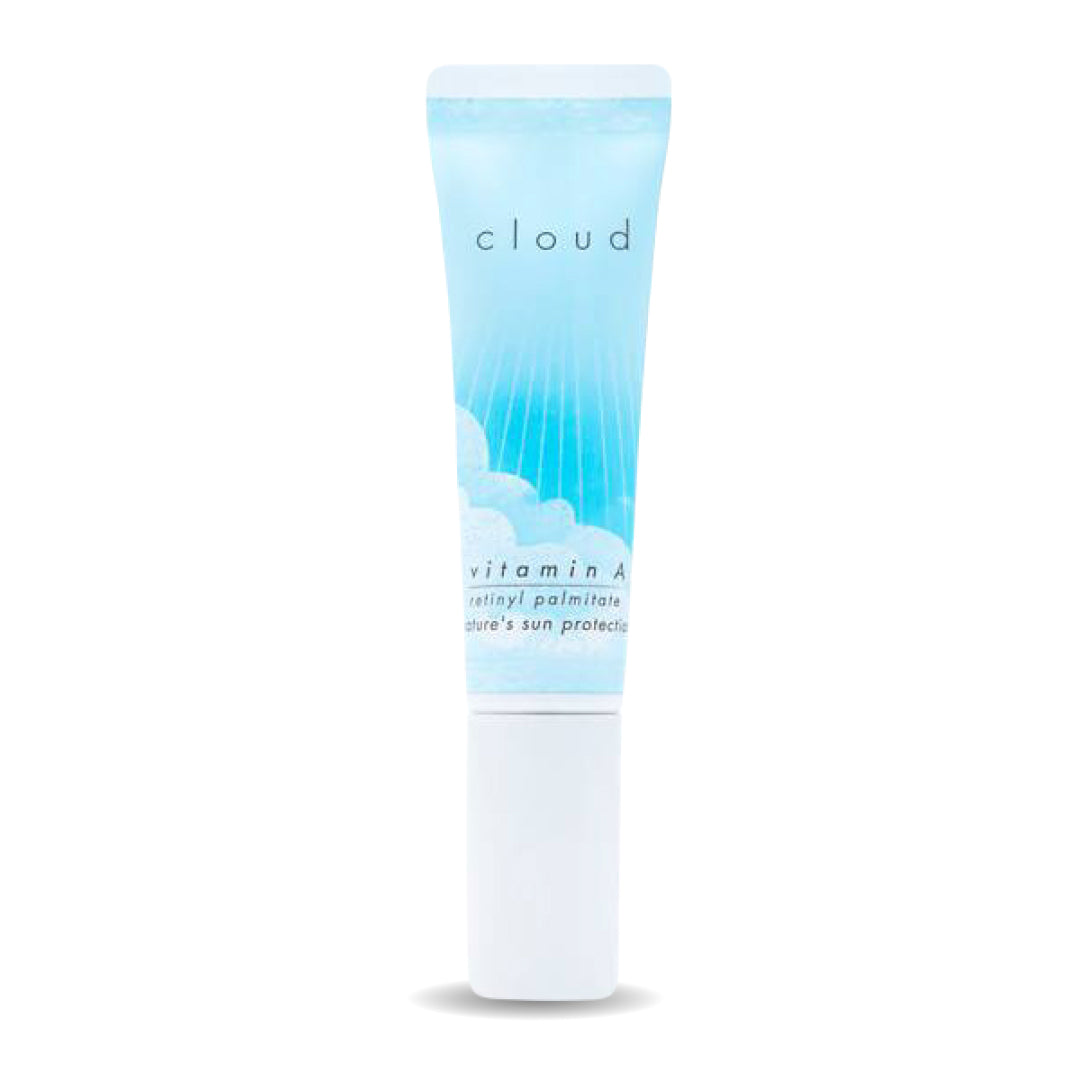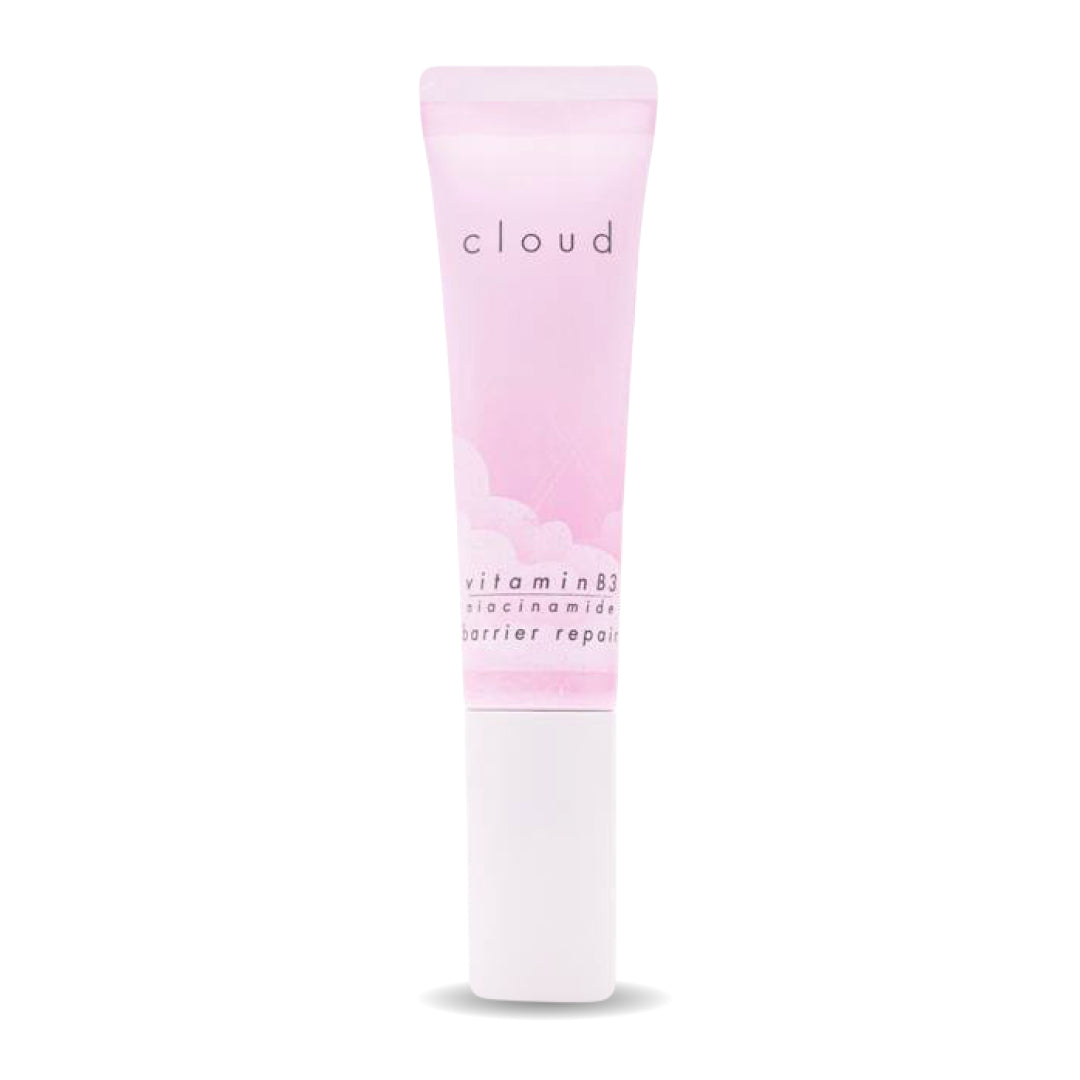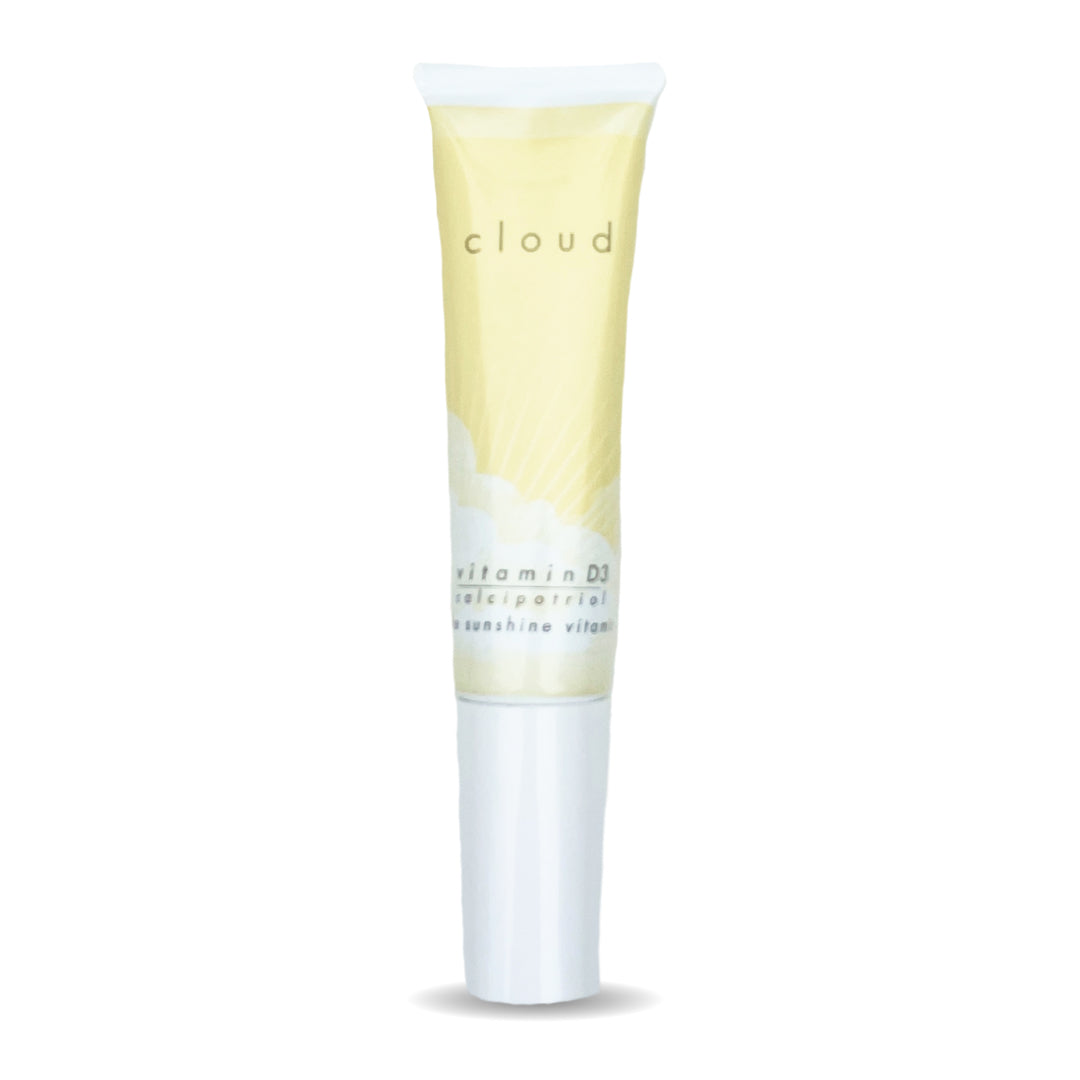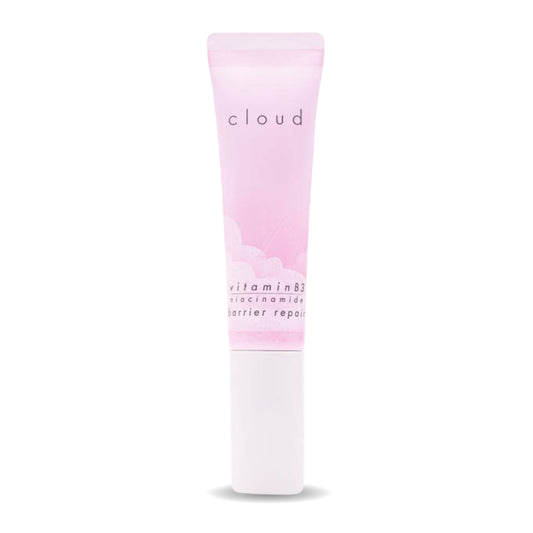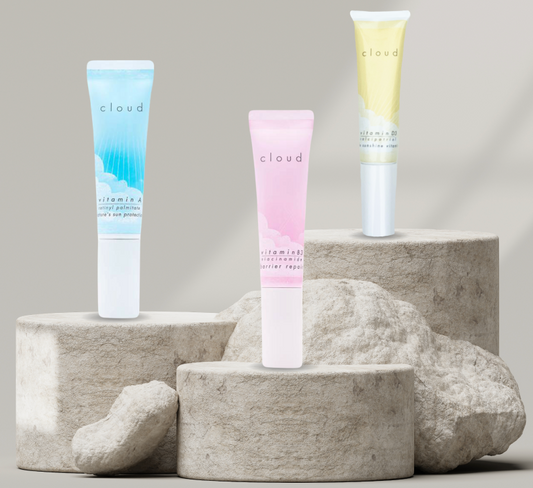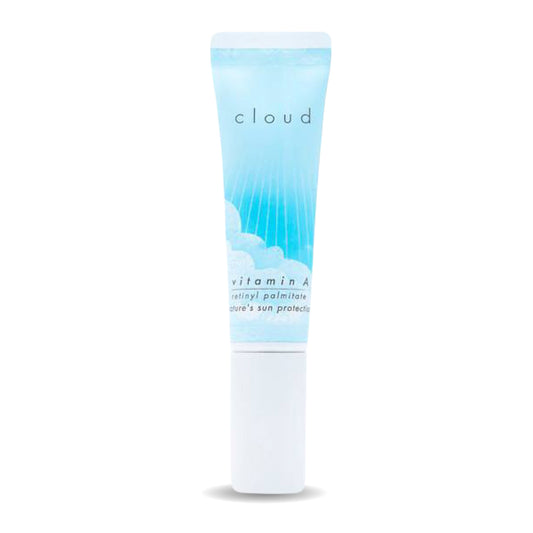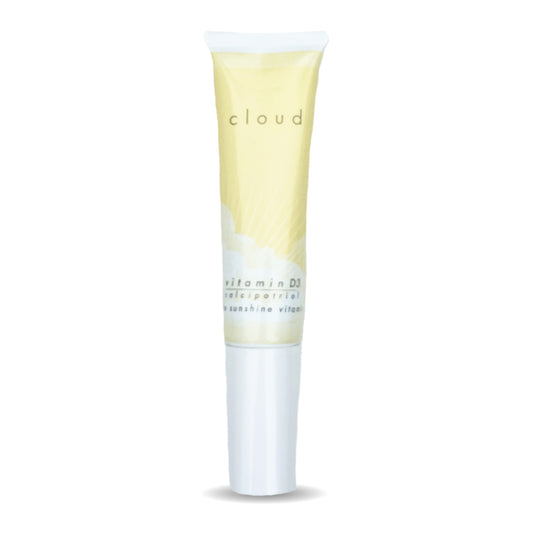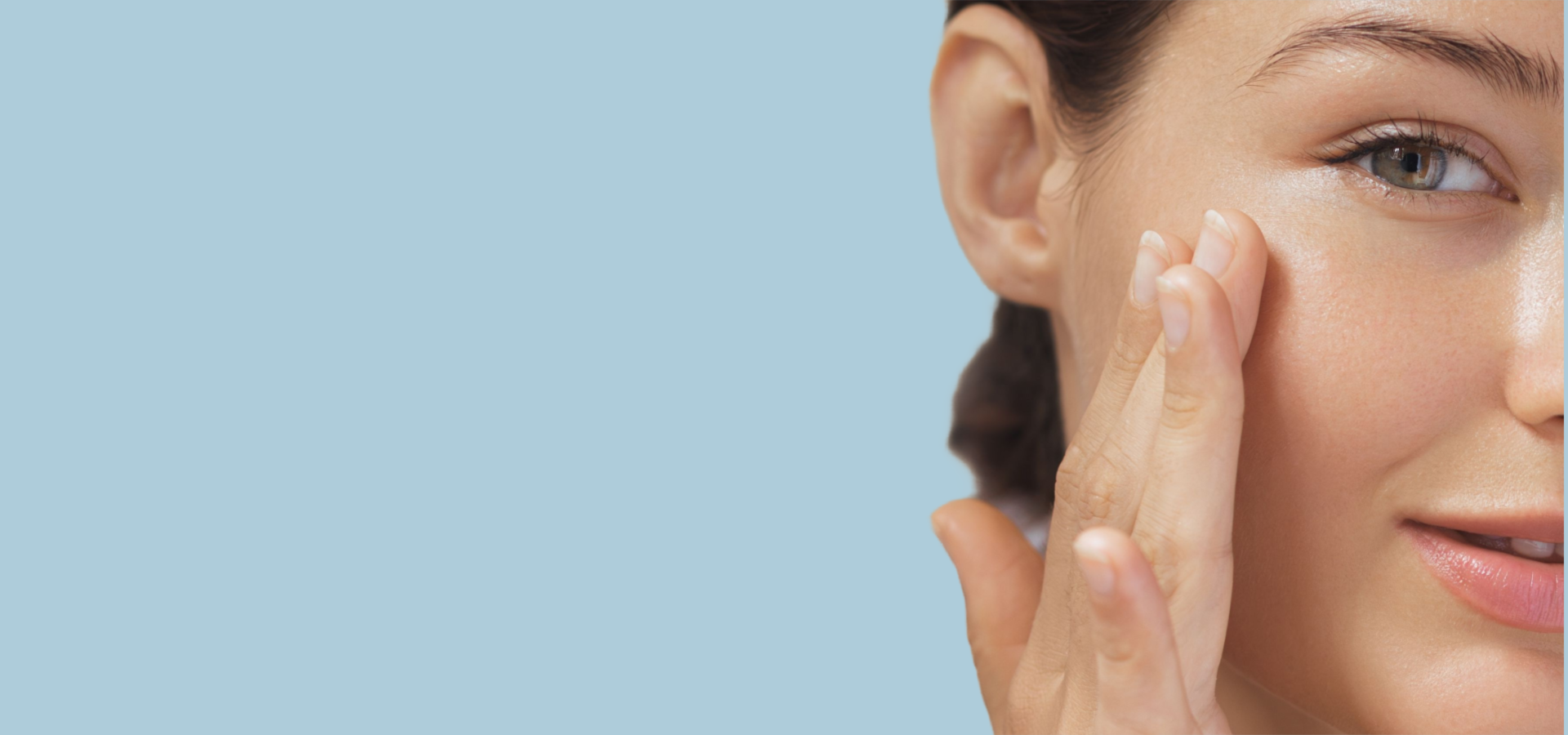
Let the Revolution of Skincare Begin
Inspired by nature & perfected by science after 45 years of research and patient trials
 Naturally Protects & Promotes Skin Health
Naturally Protects & Promotes Skin Health
 45 years
45 yearsof Patient Trials
 Active Ingredients are Pure Vitamins
Active Ingredients are Pure Vitamins
 100% Safe For Skin & Environment
100% Safe For Skin & Environment

Through generations, we've learned that vitamins help regulate the most important functions in our bodies. This knowledge combined with the latest research in skin science allowed us to develop a line of Topical Vitamin Creams that is all you need to naturally protect, repair, and maintain the health of your skin.
- Formula perfected by a Dermatologist after 45 years of Patient Trials
- #1 ingredient is the Vitamin itself
- Creams are 100% absorbed in 10 minutes
- Have the most active ingredients you can add to a cream formula without prescription
- 100 day treatment in each tube
- SAFE for all skin types AND our environment
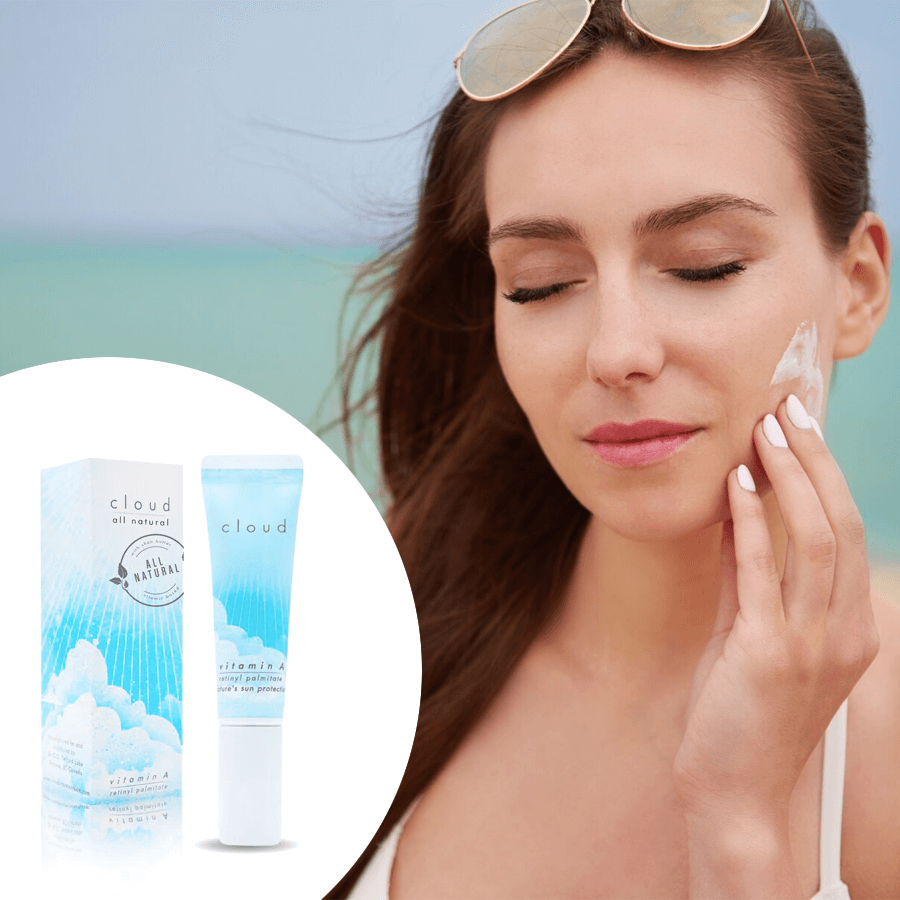
Vitamin A & E (Retinyl Palmitate)
Protect
- Protection from all damaging sun spectrums.
- Reverses sun induced aging
- Smooths the surface of the skin within weeks
- Permanently reduces sun induced brown spots
- Stimulates collagen growth to reduce fine lines and wrinkles, reversing the effect of natural aging
- Tightens loose skin
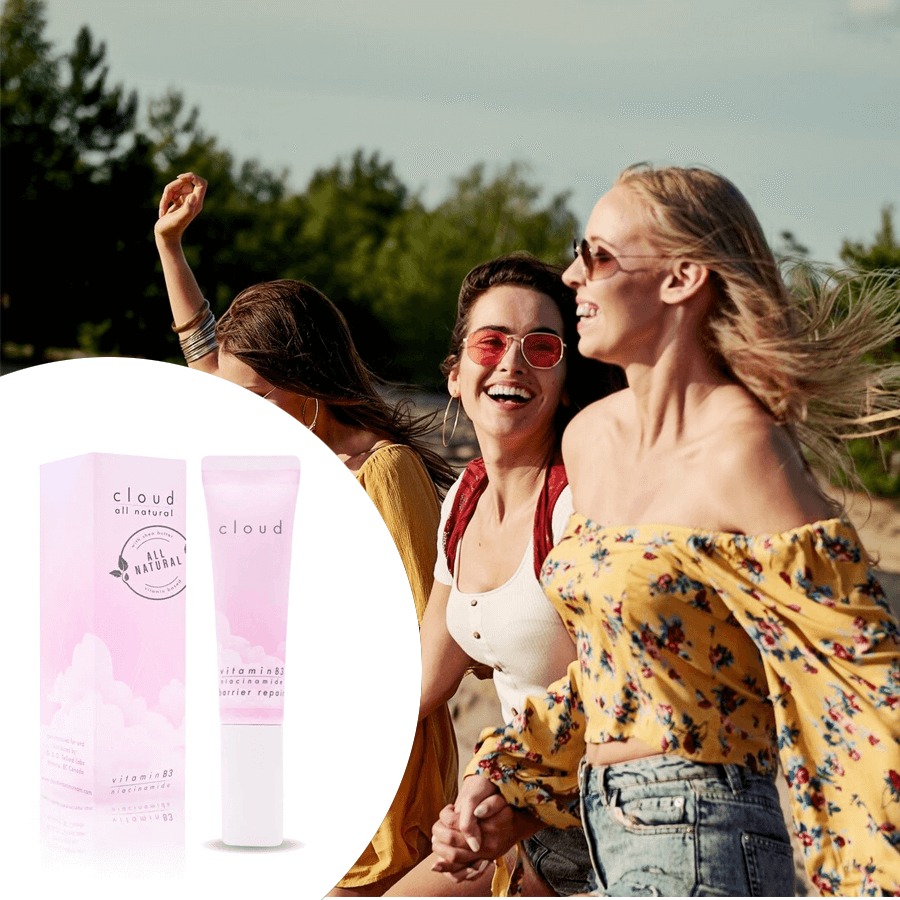
Vitamin B (Niacinamide)
Repair
- Improves overall skin and wellness
- Repairs barriers
- Tightens and lifts sagging skin
- Reduces appearance of fine lines and wrinkles
- Evens out skin tone
- Improves the skins ability to retain moisture
- Treats psoriasis, eczema, dermatitis, vascular rosacea, and acne
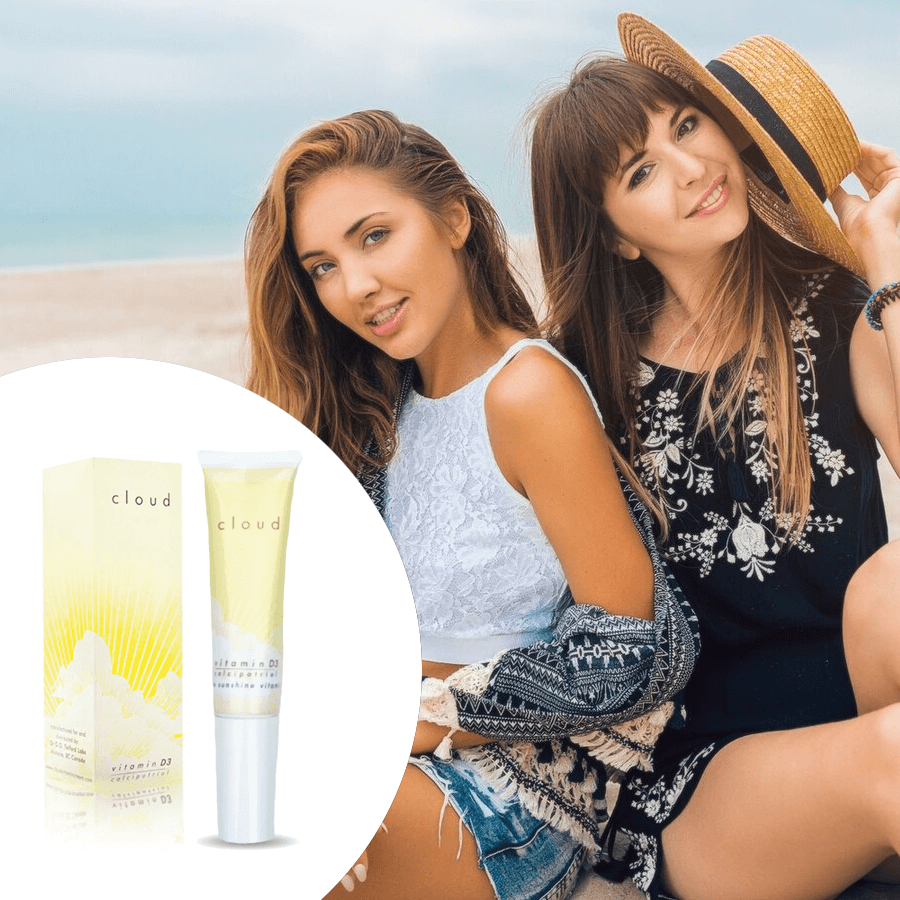
Vitamin D & Hyaluronic Acid
Benefit
Vitamin D is known to:
- Improve memory function
- Boost mood
- Enhance immune system - 1 pump of cream = daily recommended dose
Our Hyaluronic Acid is 100% absorbed (50 KDa), and has several known benefits for skin:
- Rejuvenate and heal the skin
- Increase skin luminosity
- Slow abnormalities in skin cells
- Reduce wrinkles and fine lines
- Hydrate and Plump skin
We Are Tried & Tested
-
★★★★★
"Love the Vitamin A+E cream. My skin has improved so much and now I finally have a sunblock that fits into my skincare routine."
- Laura
-
★★★★★
Just amazing. I've been getting sunblock from here for a while now and my skin feels and looks better than before. My husband told me yesterday that my skin is glowing!
- Tasha G
-
★★★★★
"The customer service was suberp. I had a problem with my order and they went above and beyond to make sure I was happy. Thank you again."
- Alice P
Giving Your Skin The Care You Deserve
-
Feel CONFIDENT with Healthy & Beautiful Skin - 100 DAY TREATMENT
Regular price From $93.00 CADRegular priceUnit price / per -
Feel PROTECTED with our Natural Full Spectrum Sun Filter - 100 DAY TREATMENT
Regular price From $93.00 CADRegular priceUnit price / per -
Feel YOUTHFUL with Rejuvenated & Hydrated Skin - 100 DAY TREATMENT
Regular price From $93.00 CADRegular priceUnit price / per -
FULL SKINCARE REGIME 1 Vitamin A+E, 1 Vitamin B3, 1 Vitamin D3 - 100 DAY TREATMENT
Regular price $237.00 CADRegular priceUnit price / per$279.00 CADSale price $237.00 CADSale
Protect, Repair, Benefit
Fuel Your Skin
Vitamin A (Retinyl Palmitate)
Fight aging gently. Discover radiant, renewed skin without irritation
Vitamin B3 (Niacinamide)
Soothes and reduces inflammation. Strengthens and repairs skin barrier function.
Hyaluronic Acid
A vital ingredient for rapid hydration and nourishing the skin, resulting in a plumper, more moisturised look.
Check Out Our Blog
-
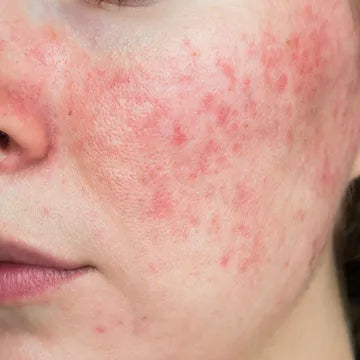
ACNE ROSACEA
Acne Rosacea is a common skin disorder. Typically I would see 4 or 5 new patients with this condition each day. It typically begins with a person who flushes and...
ACNE ROSACEA
Acne Rosacea is a common skin disorder. Typically I would see 4 or 5 new patients with this condition each day. It typically begins with a person who flushes and...
-

Is Retinyl Palmitate Safe?
The heated debate about the safety of retinyl palmitate, an ingredient found in many skin care products, can finally be laid to rest. As more research has become available, is...
Is Retinyl Palmitate Safe?
The heated debate about the safety of retinyl palmitate, an ingredient found in many skin care products, can finally be laid to rest. As more research has become available, is...
-
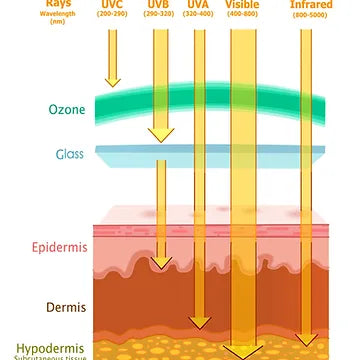
HOW DOES SUN EXPOSURE CAUSE CHRONIC SKIN DAMAGE?
The sun releases its energy in little packets of energy called photons. The photons have many different wavelengths. Some wavelengths produce heat, other wavelengths create visible light. Science traditionally taught...
HOW DOES SUN EXPOSURE CAUSE CHRONIC SKIN DAMAGE?
The sun releases its energy in little packets of energy called photons. The photons have many different wavelengths. Some wavelengths produce heat, other wavelengths create visible light. Science traditionally taught...

